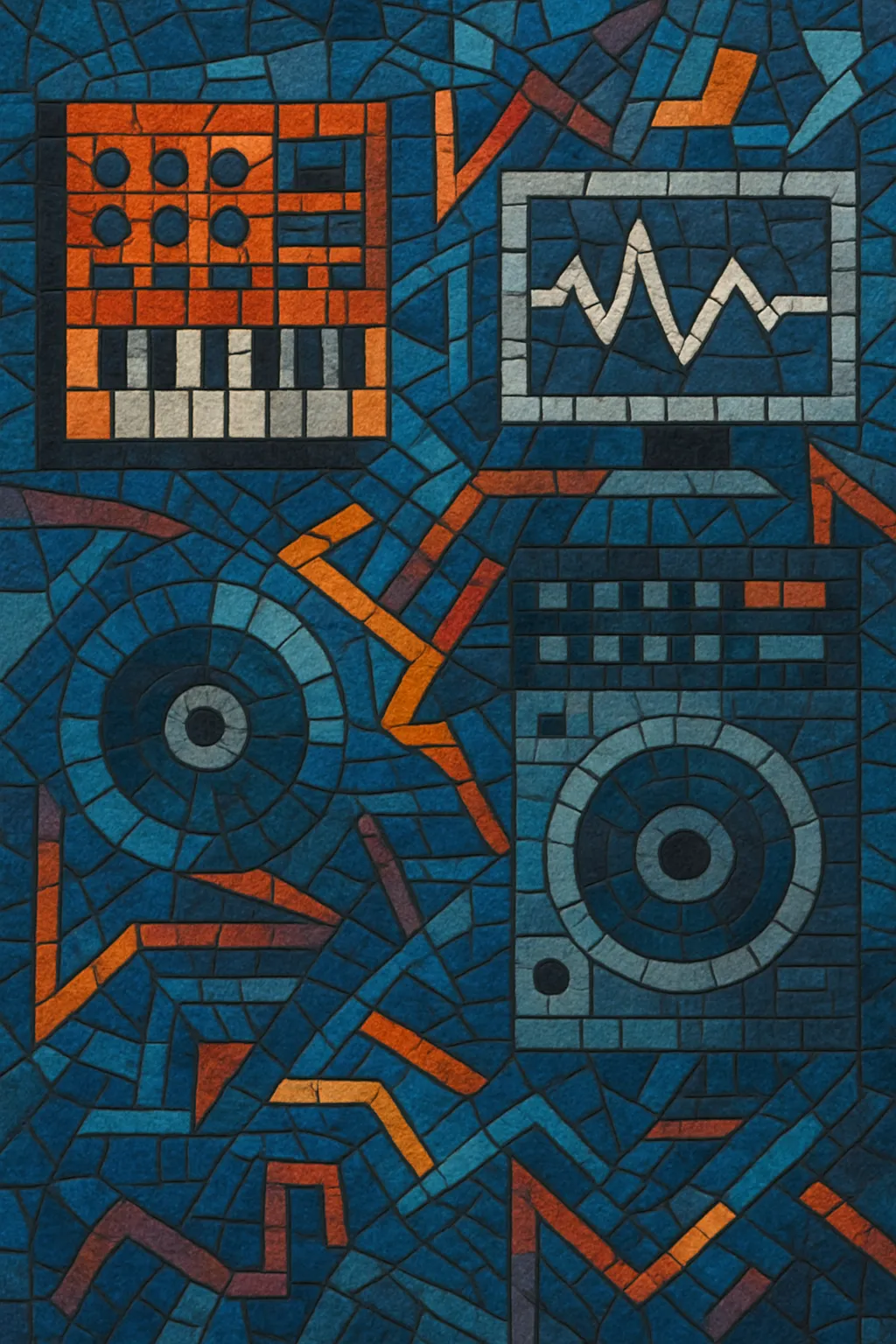Electronic is a broad umbrella genre defined by the primary use of electronically generated or electronically processed sound. It encompasses music made with synthesizers, drum machines, samplers, computers, and studio/tape techniques, as well as electroacoustic manipulation of recorded or synthetic sources.
The genre ranges from academic and experimental traditions to popular and dance-oriented forms. While its sonic palette is rooted in electricity and circuitry, its aesthetics span minimal and textural explorations, structured song forms, and beat-driven club permutations. Electronic emphasizes sound design, timbre, and studio-as-instrument practices as much as melody and harmony.
The roots of electronic trace to early electric and electronic instruments and modernist aesthetics. Pioneering devices such as the Telharmonium (USA), theremin (Russia), ondes Martenot (France), and Trautonium (Germany) demonstrated new timbres unattainable with acoustic instruments. Futurist manifestos (e.g., Luigi Russolo’s “Art of Noises”) advocated embracing mechanical and electrical sound.
After World War II, studio-based practices coalesced in two distinct but related streams: musique concrète in France (Pierre Schaeffer, Pierre Henry), which manipulated recorded sounds on tape, and Elektronische Musik in Germany (Cologne’s WDR studio under Karlheinz Stockhausen), which focused on purely electronic tone generation and serial organization. Concurrently, institutions like the BBC Radiophonic Workshop (UK) developed techniques for radio and television, advancing the studio-as-instrument paradigm.
Voltage-controlled modular synthesizers (Moog, Buchla) and portable keyboards enabled wider artistic use. Wendy Carlos’s “Switched-On Bach” brought synthesizers into mainstream consciousness; Delia Derbyshire and Daphne Oram expanded radiophonic methods; and the Berlin School (e.g., Tangerine Dream) and Kraftwerk defined sequenced, machine-like aesthetics that bridged experimental and popular spheres. Jean-Michel Jarre’s large-scale performances showcased electronic’s spectacle and sonic breadth.
MIDI, digital samplers, and affordable drum machines democratized production. Electronic approaches permeated pop and underground scenes alike, spawning house and techno (and later rave cultures), ambient revivals, and the umbrella term “electronica.” Artists leveraged sampling, sequencing, and synthesis to sculpt new rhythmic and textural languages across both studios and dance floors.
Software instruments, DAWs, and laptop performance globalized electronic creation. The genre continued to branch into countless scenes (from minimal and experimental to bass-centric and festival-scaled EDM), while modular synthesis and hardware experienced a renaissance. Today, electronic is both a historic lineage of studio practices and a living ecosystem of techniques informing popular music, sound art, film, and interactive media.


